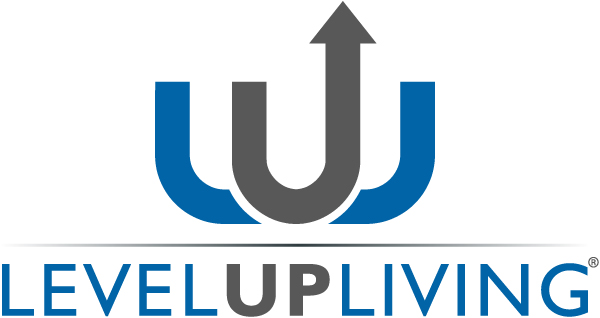As a leader in the public speaking and personal improvement domain, mastering the art of decision-making is paramount for driving success and growth. In this comprehensive guide, we delve into strategies that can enhance your decision-making process, foster collaboration, and lead to more informed outcomes.
1. Importance of Leveraging Diverse Perspectives
When making significant decisions, it’s essential to consider diverse perspectives to gain a comprehensive understanding of the situation. Encouraging open discussions among your team can lead to more innovative solutions and holistic outcomes.
Key Takeaway:
By incorporating diverse viewpoints, you can enhance the quality of your decisions and drive positive change within your organization.
2. Strategies for Inclusive Decision-Making
- Encourage open dialogue and active listening to ensure all voices are heard.
- Embrace constructive feedback and differing opinions as valuable assets.
- Implement decision-making frameworks that prioritize diversity and inclusion.
Real-World Example:
A successful CEO encouraged their team to share dissenting opinions during decision-making meetings, resulting in more thorough evaluations and effective solutions.
3. Actionable Exercises to Enhance Decision-Making
Try the following exercises to improve your decision-making process:
- Role-playing scenarios to consider multiple perspectives.
- Conducting SWOT analyses to evaluate strengths, weaknesses, opportunities, and threats.
- Creating decision trees to visualize potential outcomes and consequences.
Exercise:
Reflect on a recent decision you made without considering diverse perspectives. How could incorporating different viewpoints have altered the outcome?
4. FAQ: Mastering Decision-Making
Q: How can I encourage diverse perspectives in decision-making?
A: Foster a culture of open communication, actively seek out diverse opinions, and provide a safe space for sharing ideas.
Q: What role does emotional intelligence play in effective decision-making?
A: Emotional intelligence enhances self-awareness, empathy, and relationship management, leading to more thoughtful and empathetic decisions.
Q: How do I deal with conflicting viewpoints during decision-making?
A: Acknowledge differing opinions, facilitate constructive discussions, and seek common ground to reach a consensus.
Q: What are the risks of not considering diverse perspectives in decision-making?
A: Without diverse perspectives, decisions may be biased, overlook important factors, and lead to suboptimal outcomes.
Q: How can I improve my critical thinking skills to make better decisions?
A: Practice analyzing situations objectively, questioning assumptions, and considering multiple viewpoints before reaching a conclusion.
Q: What are the benefits of collaborative decision-making?
A: Collaborative decision-making promotes team alignment, boosts morale, and results in more innovative and effective solutions.
Q: How can I overcome decision-making paralysis?
A: Break decisions into smaller steps, set clear criteria for evaluation, and seek input from trusted advisors to overcome indecision.
Q: How do I evaluate the effectiveness of my decision-making process?
A: Monitor outcomes, solicit feedback from stakeholders, and reflect on the decision-making process to identify areas for improvement.
Q: What are common biases that can hinder effective decision-making?
A: Biases such as confirmation bias, anchoring bias, and availability bias can cloud judgment and lead to suboptimal decisions.
Q: How can I balance speed and thoroughness in decision-making?
A: Prioritize critical decisions that require thorough analysis while delegating routine decisions to streamline the process and maintain efficiency.
